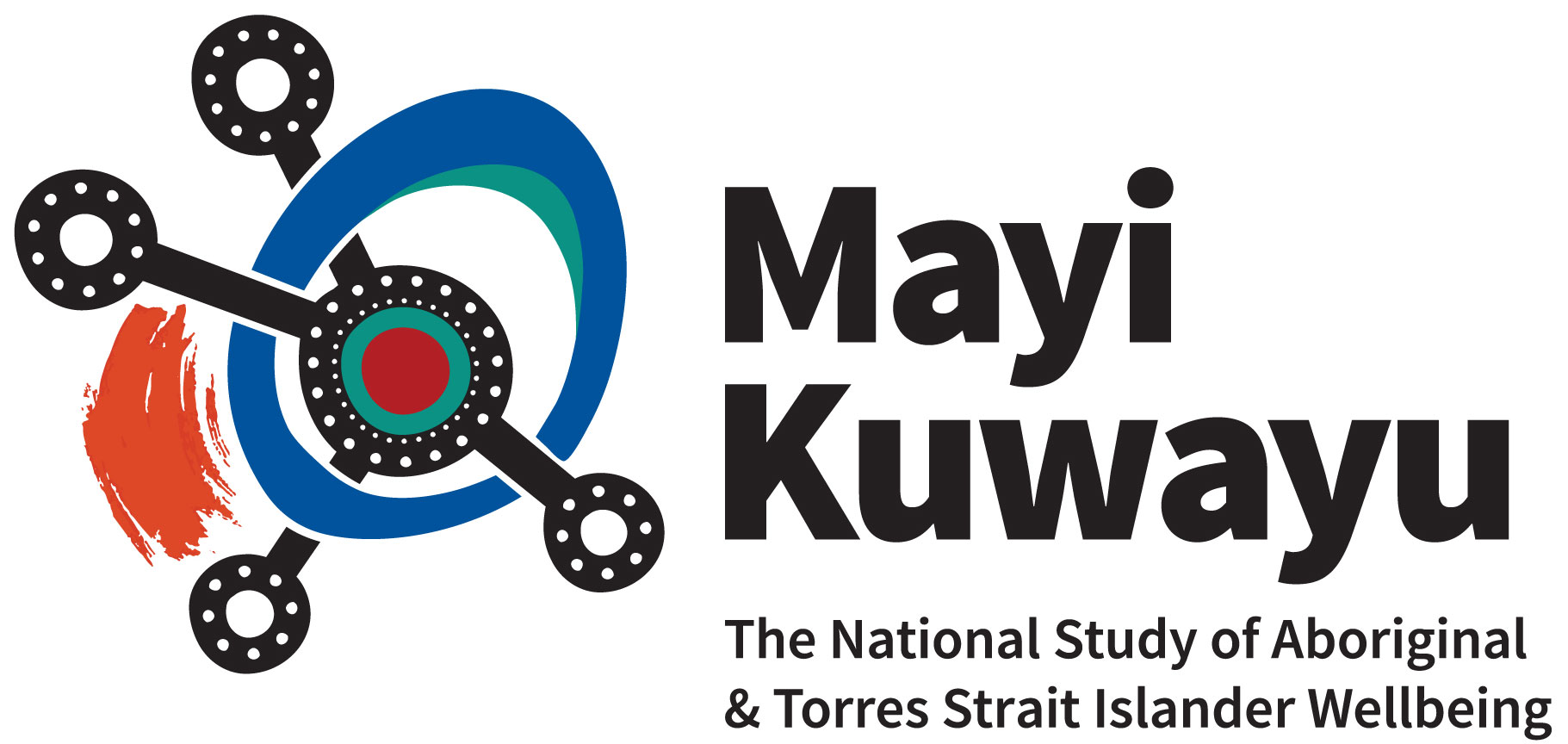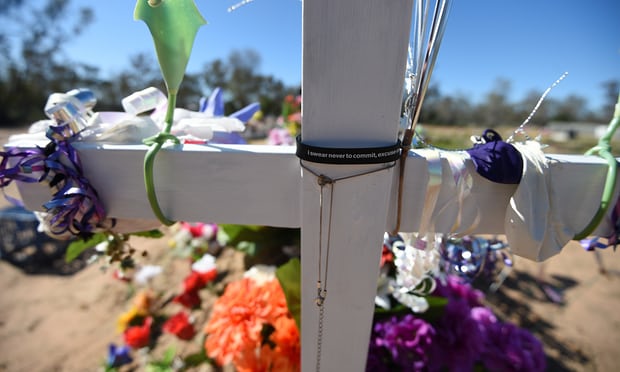Indigenous communities should be more significantly involved in family violence responses and programs, with funding earmarked within programs for their input, a report has found.
Australia’s National Research Organisation for Women’s Safety (Anrows) also concluded the rebuilding of family and kinship ties is considered central to responses because violence is “in part, attributed to intergenerational trauma and the breakdown of traditional culture and kinship practices”.
Aboriginal and Torres Strait Islander people are between two and five times more likely to experience violence – as both victim and offender – than non-Indigenous people. Indigenous women are 35 times more likely to be hospitalised as a result of family violence, and 11 times more likely to be killed. The rates are disproportionate despite known under-reporting among female Indigenous victims.
The report from Anrows, a government-funded national research body forming part of the National Plan to Reduce Violence against Women and their Children 2010-2022, is one of 20 scheduled research projects assessing “what works for whom” in responses to domestic, family and sexual violence.
“In reviewing Indigenous viewpoints on ‘what works’ we found that solutions developed by Indigenous people are likely to focus on community healing, restoration of family cohesion and processes that aim to let both the victim and perpetrator deal with their pain and suffering,” said Dr Anna Olsen, co-author of Thursday’s report and visiting fellowing at ANU’s National Centre for Epidemiology and Population Health.
The study reviewed existing literature and found concerted recommendations to address the wider social, economic and health issues in Indigenous communities to address intergenerational trauma.
“While there are a number of theories, no one causal factor can explain the higher rate of violence against Indigenous women,” said the report.
“Instead, a number of interrelated factors have been identified highlighting the complex and cumulative nature of violence and victimisation, including colonisation and the breakdown of culture, intergenerational patterns of violence, alcohol and other drugs, and socioeconomic stressors.”
Olsen added: “People are interested in programs that focus on preventing the transfer of violence, not just prosecuting or punishing people for being violent, but really talking about issues of intergenerational trauma and how that’s a big part of family violence.”
To address this required a focus on rebuilding kinship and family ties within the community, the report said. Generalised programs “do not always understand the nature of kinship and family relationships, and the importance of these networks for Indigenous women seeking help for family violence issues”.
However, the report also uncovered a gap in assessable information on Indigenous-led programs and groups, because they were not consistently being reported on.
“One thing we’re really keen to stress is that our report found a lot of positive progress being made in Indigenous communities and Indigenous-led programs and activities out there are dealing with this issue,” Olsen said.
“[But] we were aware there was a lot of programs out there that involve Indigenous communities and are Indigenous-led but they’re not being reported on and not necessarily being evaluated.”
Last year the Women’s Family Safety Group in Alice Springs was recognised for its work against family violence with a NT Human Rights award nomination.
Comprising women from across Alice Springs’ Aboriginal town camps, the group shares knowledge of “the old ways and new ways” to address issues in the community.
It was formed in response to the high rates of violence against women in the communities, and has since worked on the ground, building initiatives and creating resources like information cards and posters.
Through the program more than 20 women have been trained to identify family violence and its impacts, and they work closely with the Men’s Behaviour Change program.
“We’d been losing a lot of our women,” Shirlene Campbell, president of Hoppy’s town camp and member of the organisation, told Guardian Australia last year.
“Doing this training was an eye opener about violence, and about the types of violence.”
Anrow’s report also highlighted the impact of inadequate or inconsistent funding, a particularly contentious issue since last year’s Indigenous Advancement Strategy restructured federal grants.
“Funding constraints and inflexible funding guidelines mean that, at times, government funding is only available for models of service delivery that have “proven” to be successful,” said the Anrow report. “Yet, as demonstrated in this report, many delivery models and programs developed in Indigenous communities have not been comprehensively evaluated.”
The funding of these programs should be more consistent as well as include specific resources for community involvement, the report’s authors said.
“Our recommendation is to ensure appropriate resources over an appropriate amount of time so we can actually assess effectiveness of these programs,” said Dr Ray Lovett, co-author and ANU research fellow at the Australian Institute of Aboriginal and Torres Strait Islander Studies and National Centre for Epidemiology and Population Health.
Antoinette Braybrook, chief executive of the Aboriginal Family Violence Prevention and Legal Service (FVPLS) said investment in early intervention and prevention activities was important, noting the Sisters Day Out outreach and information program for Indigenous women.
“Despite the constant uncertainty of funding of this successful program, we have made early intervention and prevention a priority for our organisation and ultimately for our communities and women and children,” she said.
Source: View Link


